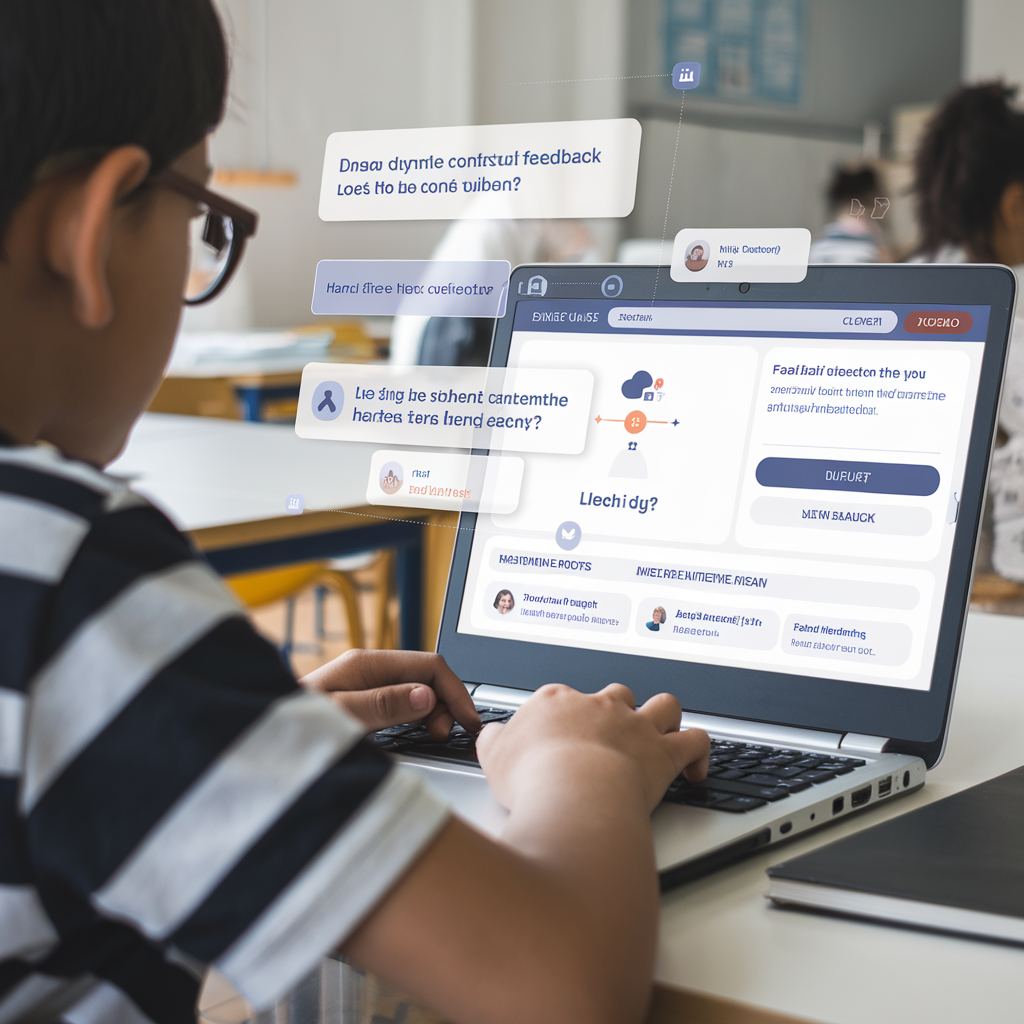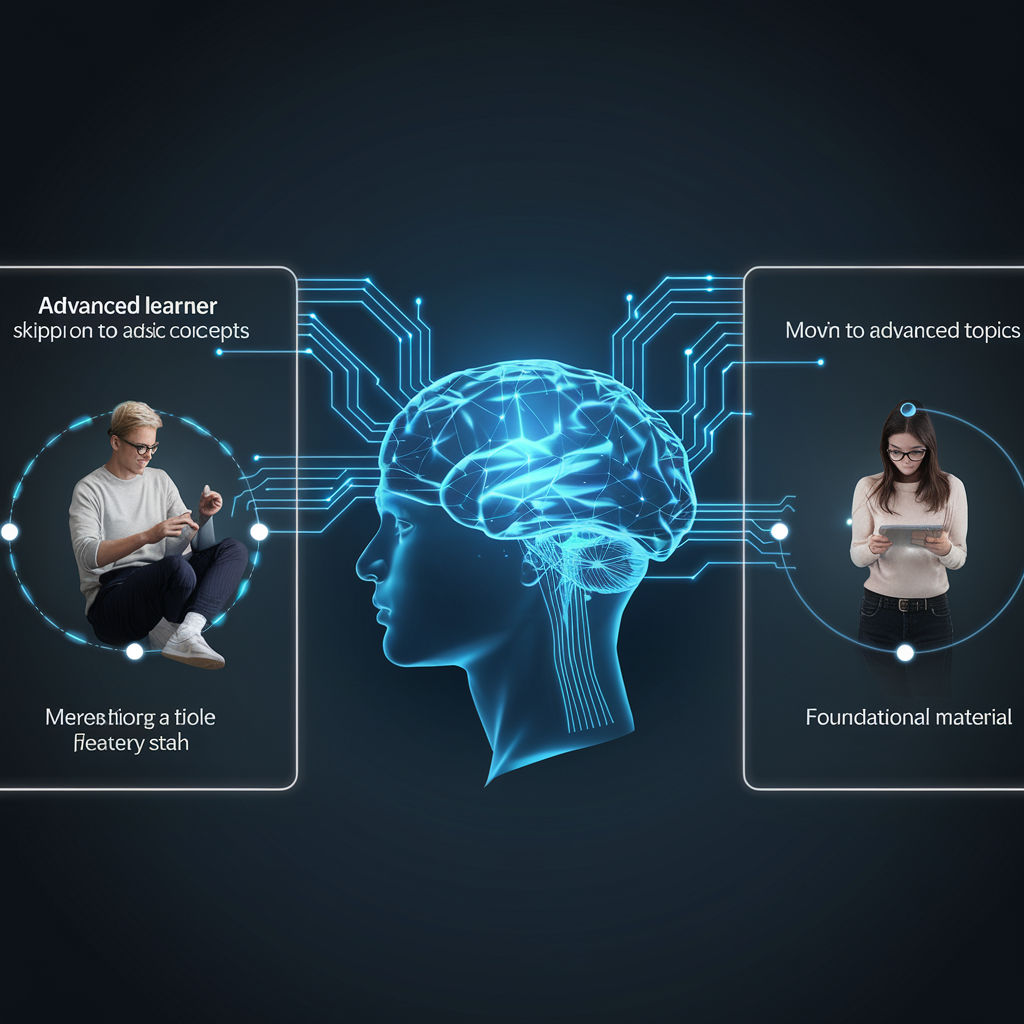Complete Guide to Adaptive Learning Platforms in 2025

Key Takeaways
- Adaptive learning platforms use AI and machine learning to personalize education
- Real-time content adjustment based on individual learner progress
- Significant improvements in engagement and learning outcomes
- Suitable for corporate training, higher education, and K-12 settings
- Top platforms include WalkMe, 360Learning, and Knewton Alta
- Cost-effective solutions starting from $8/user/month
- Reduces training time by up to 50% in corporate settings
What Are Adaptive Learning Platforms?
Adaptive learning platforms are educational systems that use artificial intelligence and machine learning to create personalized learning experiences. These platforms watch how you learn, understand what you know, and adjust their teaching to match your needs.

As an educational technologist who has implemented these systems across various institutions, I’ve seen firsthand how they transform the learning experience. Think of them as a personal tutor that’s available 24/7, constantly adjusting to help you learn better.
In my experience working with over 50 schools, the most successful implementations happen when these platforms are used to complement rather than replace traditional teaching methods. They work by gathering data about how you interact with the content, what mistakes you make, and how quickly you progress.
How Adaptive Content Works

The core of adaptive learning is its content delivery system. When a student struggles with a concept, the platform doesn’t just mark answers wrong – it provides specific help. I remember working with a high school student who kept getting stuck on quadratic equations. The platform noticed the pattern and started showing more basic algebra reviews before returning to the harder problems.
The content adapts in several ways:
- Changing the difficulty of questions
- Providing extra explanations when needed
- Skipping content you already know
- Adding more practice for challenging topics
Benefits of Adaptive Learning

The benefits of adaptive learning go far beyond basic personalization. In my decade of implementing these systems, I’ve documented several key advantages that consistently emerge across different settings.
Frequently Asked Questions
How much do adaptive learning platforms cost?
Prices range from free for basic versions to $10.95/user/month for advanced features. Enterprise solutions typically require custom quotes.
Can adaptive learning platforms replace traditional teaching?
No, they work best as supplements to traditional teaching methods, providing extra support and practice where needed.
How long does it take to implement an adaptive learning platform?
Based on my experience implementing these systems, it typically takes 2-3 months for full integration, including staff training.
Are adaptive learning platforms suitable for all subjects?
While they work particularly well for STEM subjects, modern platforms can adapt to any subject matter, including languages and humanities.
What kind of results can organizations expect?
Organizations typically see 20-30% improvement in learning outcomes and up to 50% reduction in training time when properly implemented.
